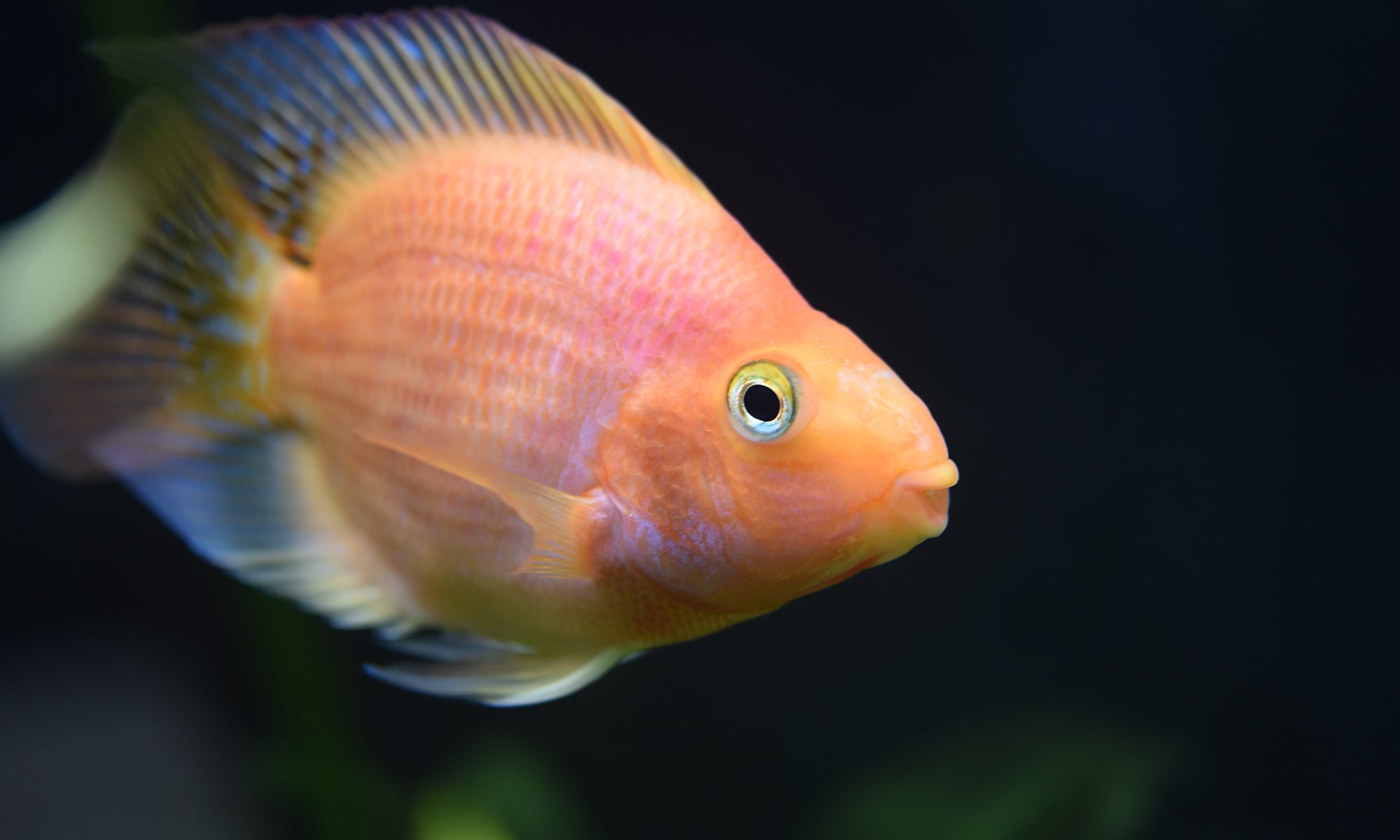Properly cleaning new aquarium gravel is an important first step in keeping water quality high. Even though new aquarium gravel may be marketed as “pre-rinsed” or “pre-cleaned” by manufacturers, bags of new aquarium gravel often contain dust, debris or grit. These small particles should not make their way into an aquatic environment.
Cleaning New Aquarium Gravel Is Important
Hobbyists may think these small particles can be removed by an aquarium filter. Some of it can. But the rest settles to the bottom of the tank, only to be stirred up whenever the gravel is disturbed. The small particles can end up back in the water column, causing the tank to look cloudy.
Cloudiness caused by insufficiently cleaning new aquarium gravel can be difficult to clear up once the tank is assembled. Also, the dye used to color new aquarium gravel can discolor tank water as well. Colored gravel can be a pretty sight. Tinted tank water is not. So, it’s best to clean new aquarium gravel thoroughly before it goes in.
How To Clean New Aquarium Gravel
What you’ll need to clean aquarium gravel: waterproof gloves, two aquarium buckets, an aquarium strainer, access to tap water, and water dechlorinator.
It’s a good idea to use waterproof gloves when cleaning new aquarium gravel. It’s also a good idea to clean new aquarium gravel in batches of no more than 5 pounds each. Trying to rinse too much gravel at once may not remove all the dust, debris or grit. Also, take special care to avoid having small pieces of gravel or debris go down the drain, otherwise the drain may clog.
Place the new aquarium gravel in an aquarium bucket. Fill the bucket with tap water, covering the gravel by about an inch. Swish the gravel around to stir things up a bit. Let the gravel soak in the bucket for a few minutes to soften up any dust, debris or grit that may exist.
Inspect the water: Lighter materials float to the top. They have a dusty filmy texture. Heavier materials sink to the bottom. They have a harder, grittier texture. The water may also be discolored by the dye used to color the gravel.
After gravel has soaked, pour the water out of the bucket and refill it with tap water just as before. As the bucket is filling, vigorously agitate the gravel. Pour the water out and repeat the process several times until the water looks clear, clean, free of floating film, dust, debris and grit.
Rinse Gravel Through A Strainer
Next, separate out about a pound of gravel and place it in your aquarium strainer.
Note: Many aquarium hobbyists like to strain the gravel over a clear bowl so they can observe the water clarity, as well as prevent bits of gravel grit from going down the drain.
Hold the strainer under fast running tap water and rinsing the gravel thoroughly. Shake the strainer under running water to dislodge heavier materials. Once the gravel is thoroughly rinsed, place the gravel in your second bucket. Repeat the process until all of your gravel has been rinsed through a strainer.
Fill up the second bucket containing “strainer-rinsed” gravel until the water covers the gravel by an inch. Swish the gravel as the water goes in. Let the gravel set for a minute or two and then inspect the water. The water should appear clear, clean and free from floating dust and debris. If the water is not clear and clean, repeat the processes until it is.
Soak Clean Aquarium Gravel In Dechlorinated Water
Once the new aquarium gravel is cleaned, its time to soak the gravel in decholorinated water.
Fill the empty bucket with tap water and add dechlorinator per the instructions on the label. Pour your dechlorinated water into your bucket of clean aquarium gravel with enough water to cover the gravel by a couple of inches. Swish the clean gravel so it moves throughout the dechlorinated water. Let the clean gravel soak in the dechlorinated water for a while. About 20 minutes should do. Empty the dechlorinated water from the bucket and your clean aquarium gravel is ready go into the tank.
